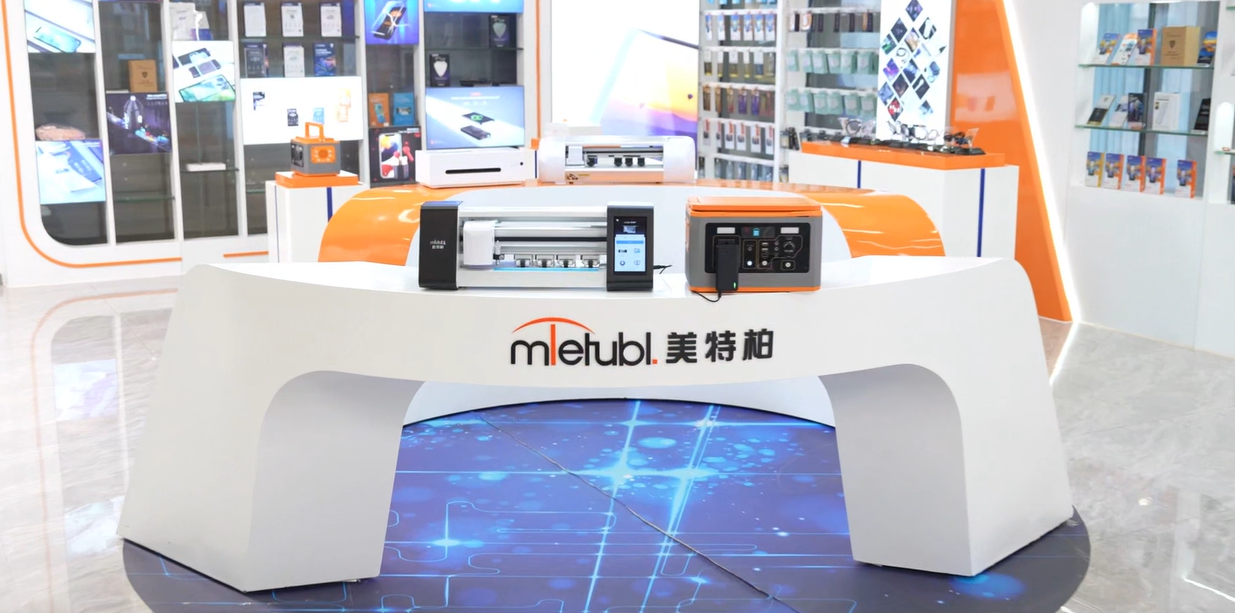
MIETUBL Brand Overview
MIETUBL is a brand originating from China and thriving through China’s intelligent manufacturing. It is committed to providing high-quality mobile accessories and related products to global consumers. Since its inception in 1998, the brand has followed the trends of the times, focusing on resource integration and building a symbiotic and shared industry ecosystem, enabling global consumers to conveniently access quality products that enhance their lives.
By continuously innovating and diversifying its product offerings, MIETUBL has achieved significant success in the mobile accessory industry. As a brand driven by customer value and innovation, MIETUBL has expanded into various product applications while accumulating rich industry experience and establishing a stable customer base. Headquartered in Zengcheng, Guangzhou, the company has strategically positioned itself within the mobile accessory industry, integrating high-quality production resources and aiming for a win-win business model.
Core Values and Development Vision:
-
Customer-Centric: MIETUBL always prioritizes customer needs, continually enhancing product quality and consumer experience through innovation and technological research and development.
-
Resource Integration and Industry Symbiosis: By integrating industry resources, MIETUBL creates a symbiotic, shared industry ecosystem, connecting global distributors and consumers, and promoting mutual growth across the value chain.
-
Global Vision: MIETUBL is committed to bringing Chinese manufacturing to the world, providing global consumers with high-quality, innovative mobile accessories, while offering profitable opportunities for distributors.
MIETUBL’s long-term vision is to continually enhance its products through innovation and quality, establishing “MIETUBL” as a globally trusted brand, recognized in markets around the world.
PRODUCTS
What Is Tempered Glass And Why Is It So Popular Today
The Science Behind Tempered Glass
Tempered glass, also known as toughened glass or safety glass, isn't inherently different in composition from regular glass. Both are primarily made from silica (silicon dioxide), along with other ingredients that modify its properties. The key difference lies in the manufacturing process. Regular glass is simply cooled slowly after being molded. However, tempered glass undergoes a process called thermal tempering, which drastically enhances its strength and safety characteristics.
This process involves heating the glass to a very high temperature, close to its softening point, followed by rapid cooling (quenching) using high-pressure air jets. This rapid temperature change creates compressive stresses on the surface of the glass and tensile stresses in the interior. This internal stress equilibrium is what gives tempered glass its exceptional strength. Think of it like pre-stressing a concrete beam – the internal forces resist external forces much more effectively.
Superior Strength and Impact Resistance
The compressive stresses on the surface of tempered glass make it incredibly resistant to impacts, scratches, and bending forces. Compared to annealed (regular) glass of the same thickness, tempered glass can withstand significantly higher loads before breaking. This superior strength is why it's the preferred choice for applications where safety and durability are paramount.
When tempered glass does finally break, it shatters into relatively small, blunt, granular pieces, rather than sharp, jagged shards. This fragmentation minimizes the risk of serious injury, making it an ideal material for automotive windshields, shower doors, and even furniture. This characteristic is a major factor in its popularity, especially in applications where safety is a critical concern.
Applications of Tempered Glass: A Wide-Ranging Material
The versatility and robust nature of tempered glass have led to its widespread adoption across a multitude of sectors. In the automotive industry, it's essential for windshields, side and rear windows, and sunroofs. The safety implications are obvious; in a collision, the tempered glass minimizes the risk of severe injury from flying shards.
Beyond automobiles, tempered glass is extensively used in architectural applications. It’s found in buildings as windows, doors, and even facades. Its strength and resistance to impact make it ideal for high-traffic areas and situations where vandalism might be a concern. It's also commonly used in appliances, smartphones, tablets, and other consumer electronics, protecting delicate screens from damage.
Furthermore, tempered glass features in numerous other products, including oven doors, shower enclosures, tabletops, and even some types of cookware. Its ability to withstand high temperatures and resist cracking makes it a highly suitable material for a wide range of applications.
Why Tempered Glass is So Popular Today
The popularity of tempered glass is a direct consequence of its unique combination of strength, safety, and versatility. Its superior impact resistance significantly reduces the risk of injury in various applications. The safety aspects, particularly the fragmentation into blunt pieces rather than sharp shards, are invaluable for public safety and liability reasons.
The material's cost-effectiveness is also a major contributing factor. While the tempering process adds to the manufacturing cost compared to annealed glass, the resulting superior durability often outweighs this initial investment. The reduced need for replacements due to breakage translates into long-term cost savings for consumers and businesses alike.
Finally, the ongoing technological advancements in glass manufacturing allow for the creation of tempered glass with improved optical clarity, aesthetic appeal, and even specialized coatings for enhanced performance. These continuous innovations further cement tempered glass's position as a material of choice for a wide range of applications, ensuring its continued popularity in the years to come.
SUBSCRIBE
INQUIRY